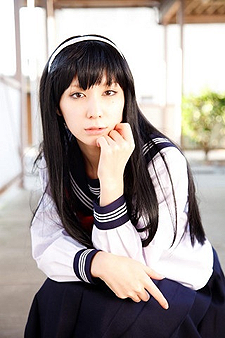

“It was a little different to how I imagined ghosts…,” blathers the hapless protagonist of ‘Hanging Blimp’, “There was a sense of reality to it, like I could touch it if I reached out my hand.” And indeed for Ito, the supernatural is far from ephemeral. His clean yet obsessive line work uneasily echoes the demented nature of his many protagonists, while re-animating bodily materials such as hair, saliva, sweat, blood, and pus, as the semi-sentient avatars of heightened emotions. Lovecraft, Ito has wrangled ectoplasmic entities, maundering wraiths, and hostile revenants into countless shorts, one-shots, and novels that feel cursed by a maniacal energy.

Inspired by the ghost stories of Edogawa Ranpo and the non-mythos tales of H.P. “I’m a horror maniac who prefers to stay at home,” he once quipped, evasively. The author of such singularly confrontational explorations of murder, obsession, and bio-mechanical madness as Tomie (1987), Uzumaki (1998) and Gyo (2001), Ito has never cloaked himself in the pantomimic shadows or transgressive affectations we’ve come to expect from other innovators of the genre (…allow me to lower my wraparound shades while I level a bloodshot eyeball at director Takashi Miike…), instead embodying a shyly equivocal channeler of dark fantasies whose thoughts on fear can be deflatingly terse.

And yet despite his artistic reputation as an esteemed imagineer of human suffering, whose themes range from the loftiest ethers of the supernatural to the basest matters of bodily trauma, he’s always cut a contrastingly kind and bashful figure. Frenzied re-animator of bloated fish guts? Doom-tolling terraformer of rancid hell stars? Cosmic legislator of interminable vortices? The legendary horror comics artist Juni Ito has, at various stages of his career, been all of these things.


 0 kommentar(er)
0 kommentar(er)
